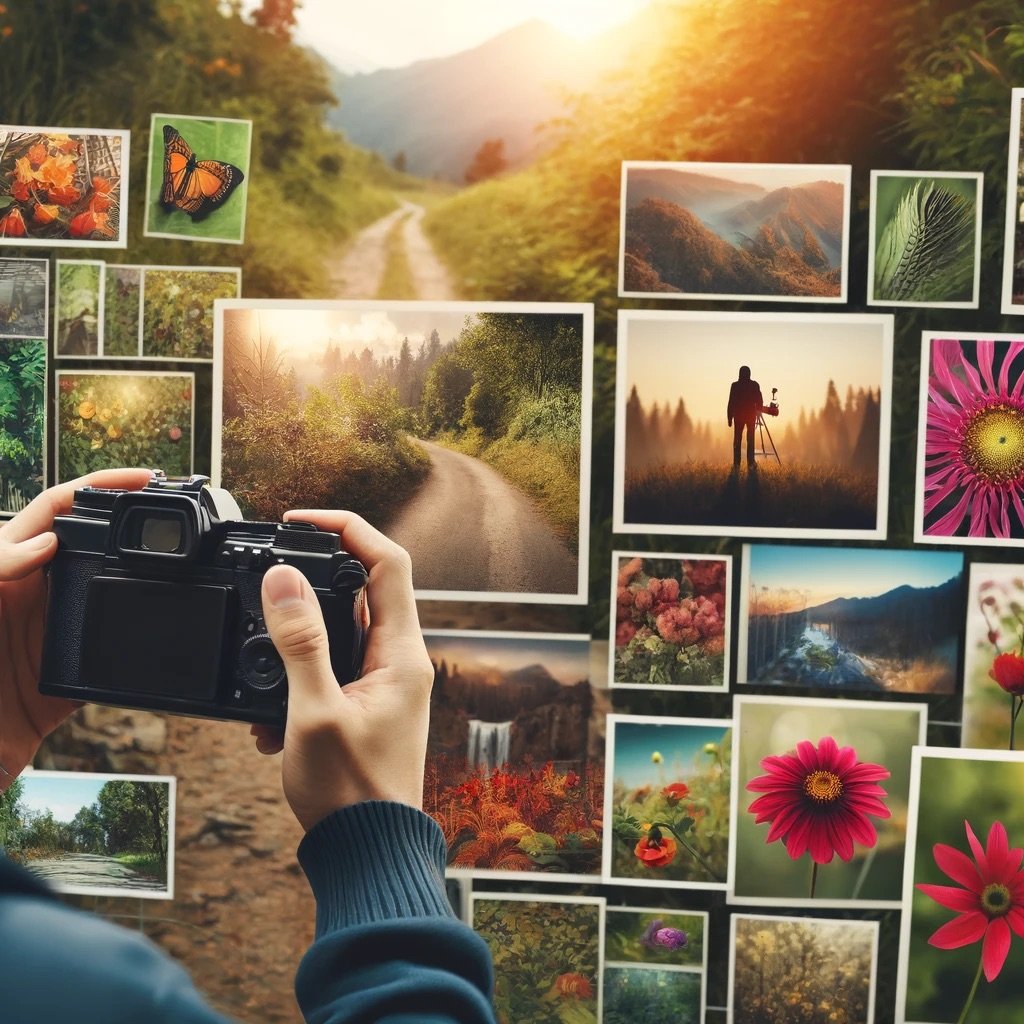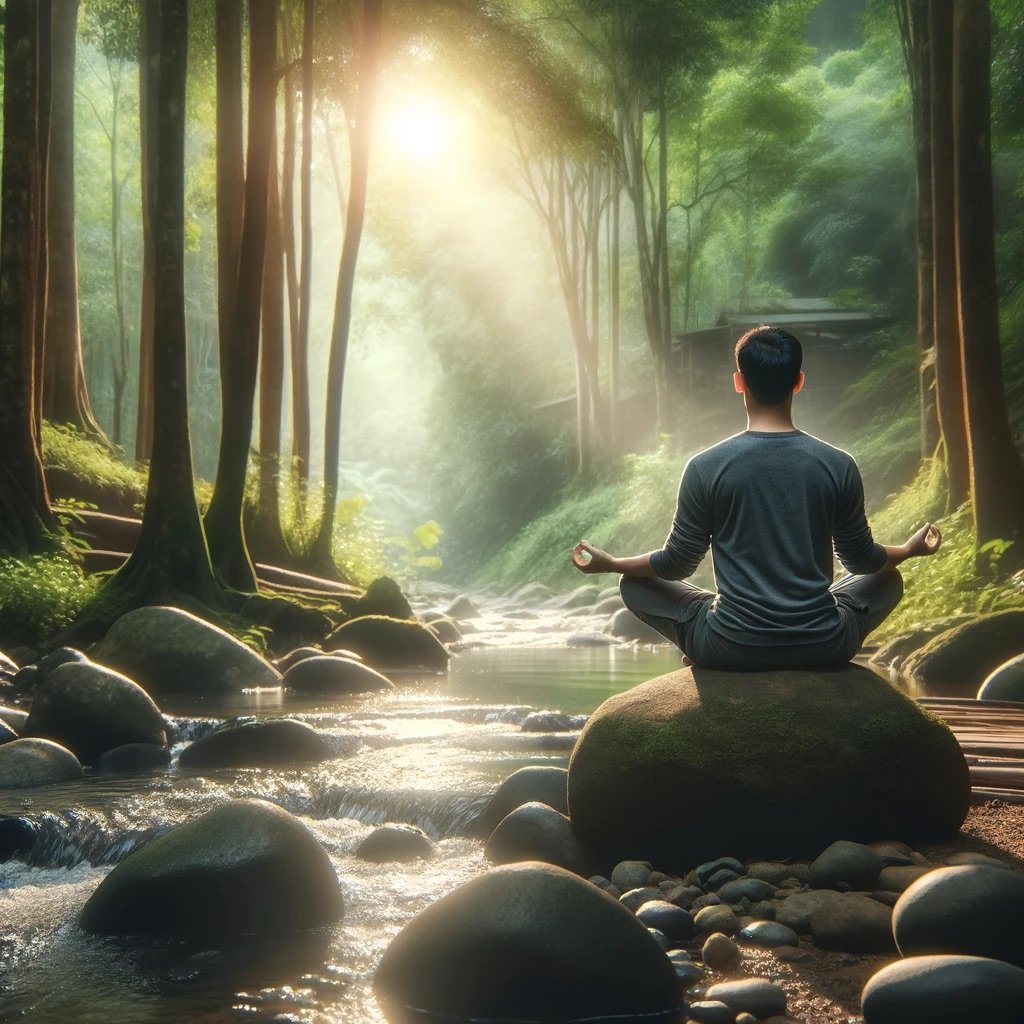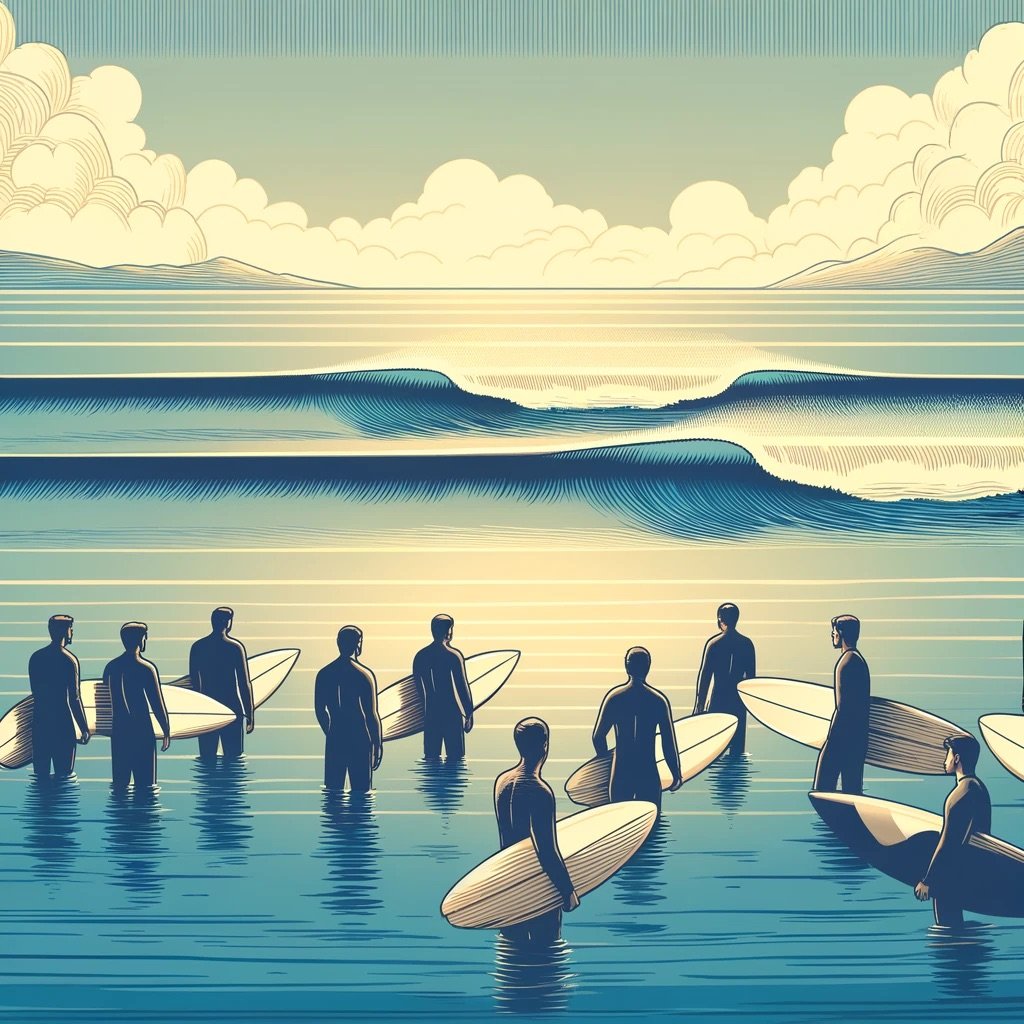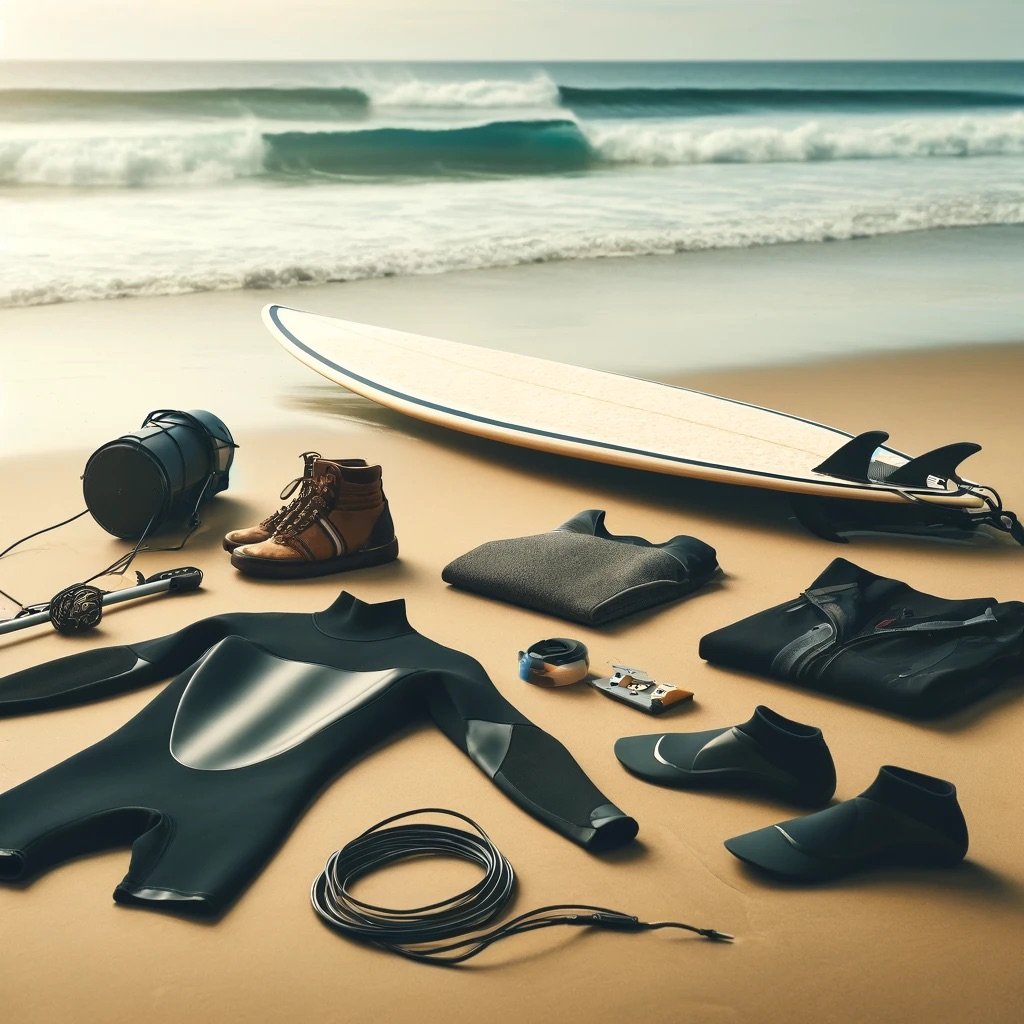Nature photography is a wonderful way to capture the beauty of the outdoors and enhance your nature walks. Here are some tips to help you take stunning photos on your next nature walk.
1. Essential Photography Gear
- Camera: Use a DSLR or mirrorless camera for high-quality photos. However, a good smartphone camera can also produce excellent results.
- Tripod: A tripod helps stabilize your camera, especially for low-light conditions and close-up shots.
- Lenses: Bring a versatile lens, such as a zoom lens, to capture a variety of shots. A macro lens is great for close-ups of flowers and insects.
2. Composition Techniques
- Rule of Thirds: Use the rule of thirds to compose your shots. Imagine your frame divided into nine equal parts and place the main subject along these lines or intersections.
- Leading Lines: Utilize natural lines, such as paths, rivers, or tree branches, to guide the viewer’s eye through the photo.
- Framing: Frame your subject with natural elements like leaves, branches, or rocks to add depth and context.
3. Lighting Considerations
- Golden Hour: The best times for nature photography are during the golden hours, shortly after sunrise and before sunset, when the light is soft and warm.
- Avoid Harsh Light: Midday light can be harsh and create strong shadows. If shooting during this time, look for shaded areas or use a diffuser.
- Backlighting: Experiment with backlighting to create silhouettes or to highlight the translucence of leaves and petals.
4. Focus and Depth of Field
- Focus on the Subject: Ensure your main subject is in sharp focus. Use manual focus or your camera’s autofocus to achieve this.
- Depth of Field: Adjust your aperture to control the depth of field. A wide aperture (low f-number) creates a shallow depth of field, perfect for isolating subjects, while a narrow aperture (high f-number) keeps more of the scene in focus.
5. Capturing Motion
- Fast Shutter Speed: Use a fast shutter speed to freeze motion, ideal for capturing birds, insects, or flowing water.
- Long Exposure: Experiment with long exposures to create a sense of movement in flowing water or to capture star trails at night. Use a tripod to keep your camera steady.
6. Experiment with Perspectives
- Change Angles: Try different angles and perspectives. Get low to the ground for interesting macro shots or find higher vantage points for sweeping landscapes.
- Close-Ups: Focus on the details by taking close-up shots of flowers, leaves, and textures.
7. Editing and Sharing
- Post-Processing: Use photo editing software to enhance your images. Adjust exposure, contrast, and saturation to bring out the best in your photos.
- Share Your Work: Share your photos with friends, family, or online communities. Participate in nature photography contests and exhibitions.
Conclusion
Nature photography adds a creative and enjoyable dimension to your nature walks. By using the right gear, mastering composition techniques, and experimenting with lighting and perspectives, you can capture stunning images of the natural world. Embrace the beauty around you and enjoy the process of documenting your outdoor adventures through photography. Happy shooting!











I am really grateful to the owner of this website who has
shared this fantastic piece of writing at here.